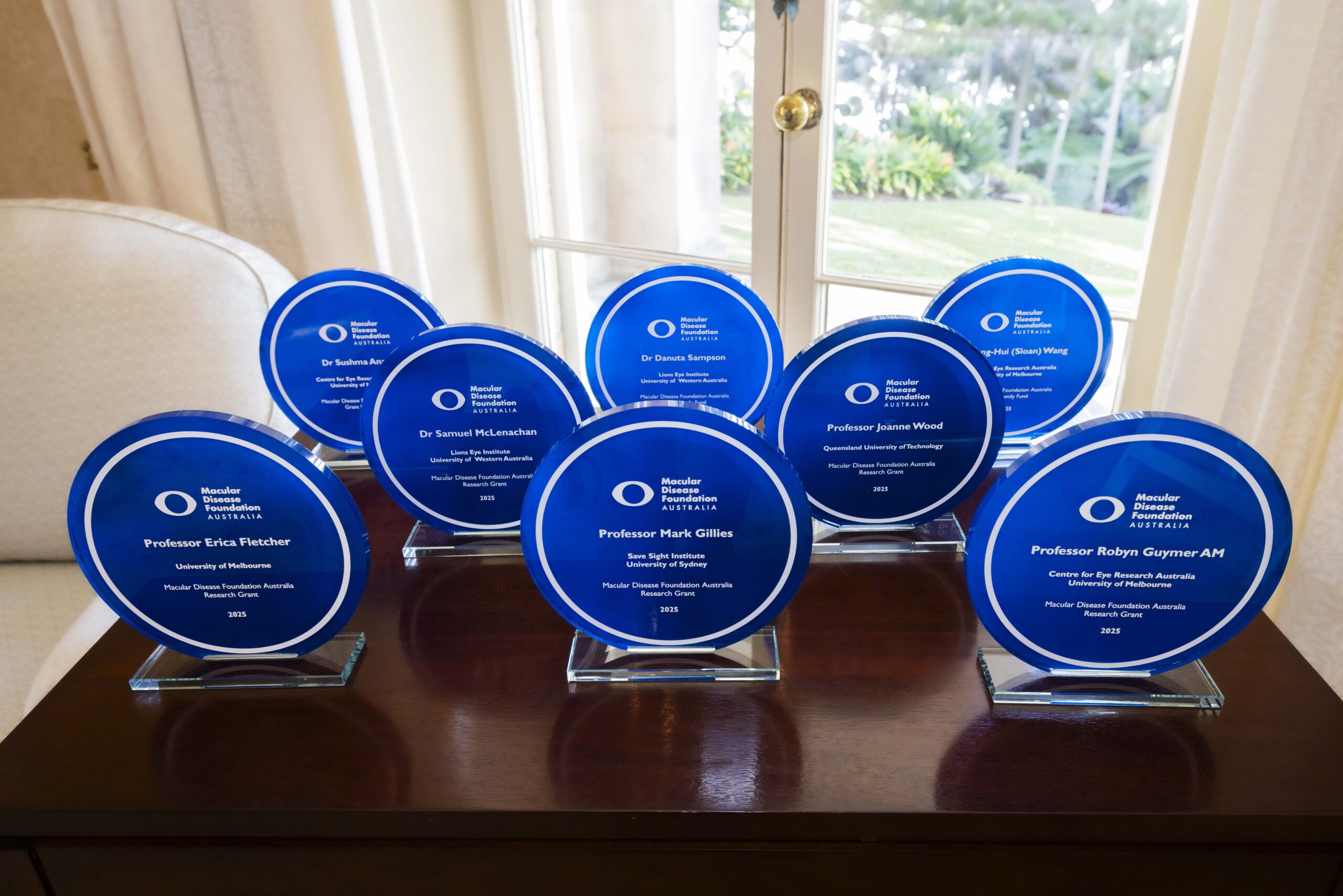AREDS2 results released
The results of the AREDS2 study were released on 5 May 2013 at the Association for Research in Vision and Ophthalmology (ARVO) conference in Seattle by Dr Emily Chew, Deputy Director of the prestigious National Eye Institute (NEI) in the United States.
About AREDS and AREDS2
The original AREDS formulation demonstrated a 25% reduction in the risk of progression to late stage age-related macular degeneration, in selected high risk patients. The primary purpose of the AREDS2 study was to evaluate whether the addition of lutein/zeaxanthin and/or the omega-3 fatty acids EPA & DHA (fish oil) to the original AREDS formulation provided any further benefit compared to the AREDS formulation alone, in terms of reducing the risk of progression to the late stage of age-related macular degeneration.
The AREDS2 study was also designed to determine if the removal of beta-carotene and/or reducing the dose of zinc provided any benefit.
The study design and conclusions are complex.
Study parameters
Based on the findings of the original AREDS study, the AREDS2 study population was limited to people with either: large drusen in both eyes, or late stage disease in one eye and large drusen in the other. People with early disease or late disease in both eyes were not included in the study.
The study was conducted in a population that was, on average, ten years older than in the original AREDS study, and at a higher risk of disease progression. The AREDS2 study population was also better nourished, meaning that it would be more difficult to demonstrate a benefit of supplementation. If a benefit could be demonstrated, it was therefore likely to be important. Patients were followed for an average of 4.9 years.
Key findings of the study
The addition of DHA/EPA (fish oil) to the original AREDS formulation did not provide any further benefit. NOTE: Several other large population studies have consistently shown that the consumption of actual fish significantly reduces the risk of AMD. The Foundation’s recommendation to eat fish 2 to 3 times a week remains.
The addition of lutein/zeaxanthin provided a small benefit, which was significantly greater for people who had the lowest intake of lutein in their regular diet. In a sub-group analysis, it was also shown that when beta-carotene was removed from the original formulation, and replaced with lutein/zeaxanthin, there was an 18% additional reduction in the risk of progression to late stage AMD.
A clear recommendation from AREDS2 was for the removal of beta-carotene from the supplement, as it:
- Did not contribute to efficacy
- Increased the risk of lung cancer, especially in people who smoke or previously smoked
- Led to a reduced absorption of lutein/zeaxanthin.
The Foundation has been recommending for many years that smokers should not be taking a supplement that included beta-carotene. This position has been confirmed by AREDS2.
The use of a lower dose of zinc (25 mg/day) did not appear to provide any benefit over the original dose (80 mg). It did not have a lower rate of side effects and there was a statistically non-significant trend to reduced efficacy, compared to the original, higher dose. It should also be noted that the safety of the original, higher dose was recently confirmed with the publication of the 10 year follow-up of the original AREDS trial.
AREDS2 recommendation
In summary, during the presentation of the results at the ARVO conference, the AREDS study group recommended the continued use of the original AREDS formulation, but with beta-carotene removed, to be replaced by lutein/zeaxanthin. The use of a fish oil supplement could not be recommended based on these results.
The recommended daily dose was therefore:
- Zinc (80 mg as zinc oxide)
- Copper (2 mg as copper oxide)
- Vitamin E (400 IU)
- Vitamin C (500 mg)
- Lutein (10 mg)
- Zeaxanthin (2 mg)
It is important to continue to eat an ‘eye health’ diet as recommended by the Foundation.
It is also important to talk to your ophthalmologist regarding taking appropriate supplements.
Posted: 24 February 2014
















